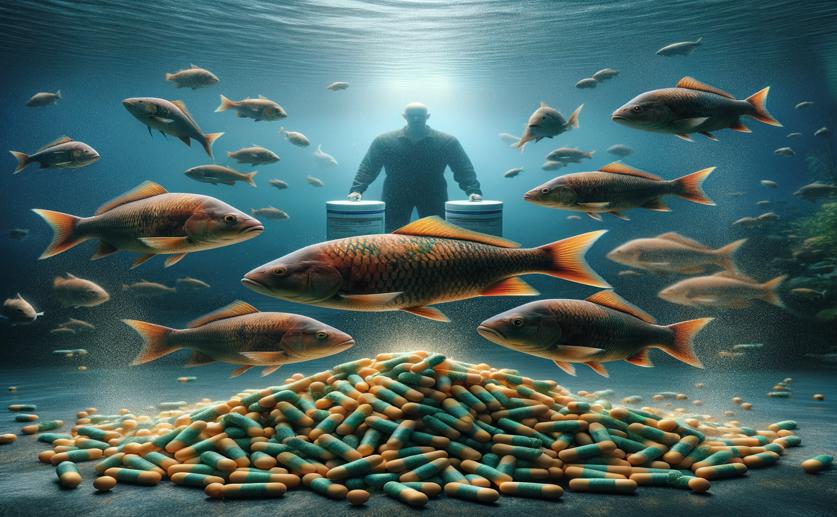
Boosting Fish Health with Glycine Supplements in Their Diet
Jim Crocker
10th May, 2024

Image Source: Natural Science News, 2024
Key Findings
- Texas A&M study found glycine boosts growth and gut health in hybrid striped bass (HSB)
- Glycine supplementation increased enzymes for creatine and antioxidant glutathione in HSB
- The findings suggest glycine is essential for HSB diets, reducing the need for fishmeal
AgricultureNutritionAnimal Science
References
Main Study
1) Dietary glycine supplementation enhances syntheses of creatine and glutathione by tissues of hybrid striped bass (Morone saxatilis ♀ × Morone chrysops ♂) fed soybean meal-based diets
Published 9th May, 2024
https://doi.org/10.1186/s40104-024-01024-5
Related Studies
2) Nutrition and Functions of Amino Acids in Fish.
3) The metabolic burden of creatine synthesis.
4) Glutathione metabolism and its implications for health.
Journal: The Journal of nutrition, Issue: Vol 134, Issue 3, Mar 2004



 3rd April, 2024 | Jenn Hoskins
3rd April, 2024 | Jenn Hoskins